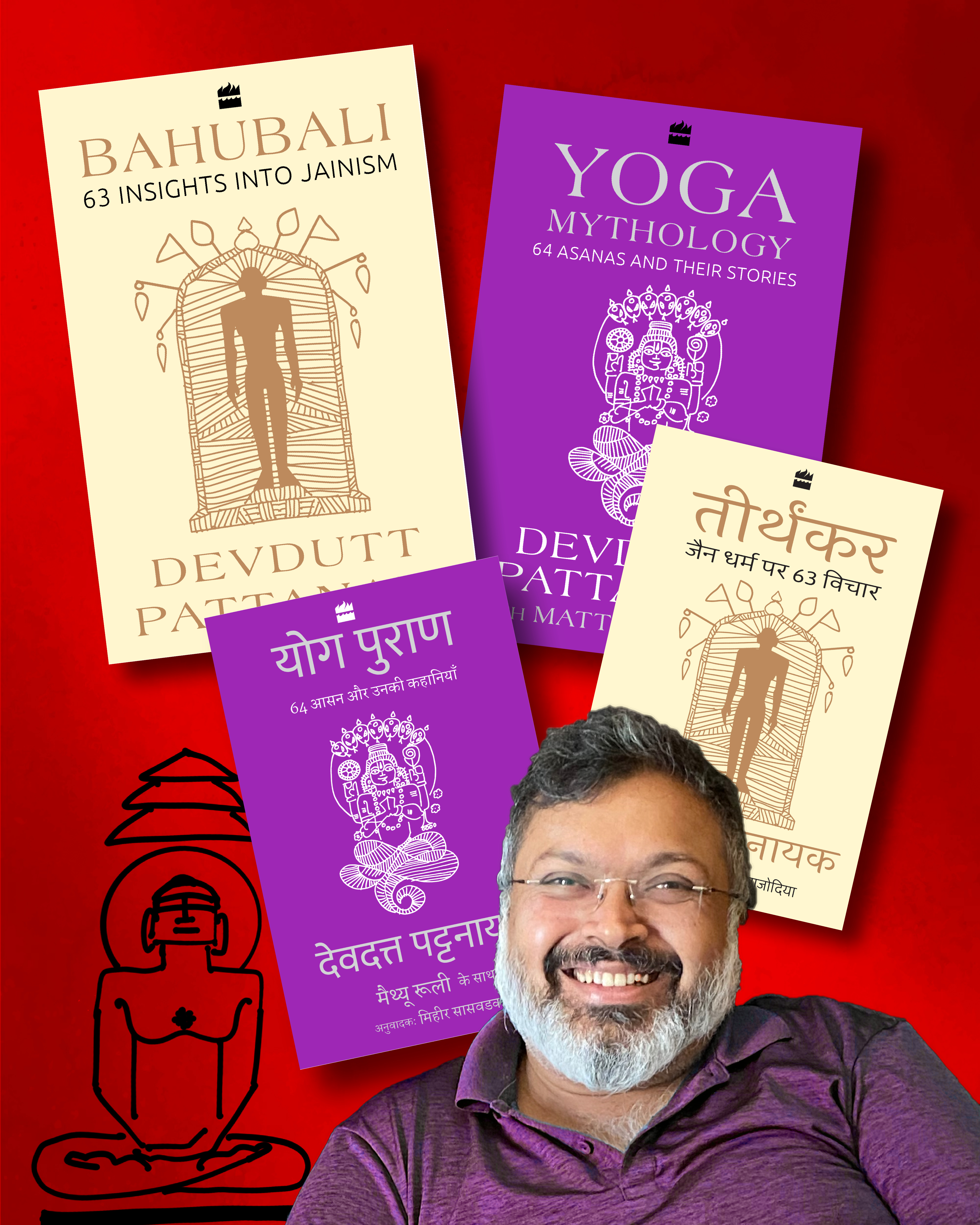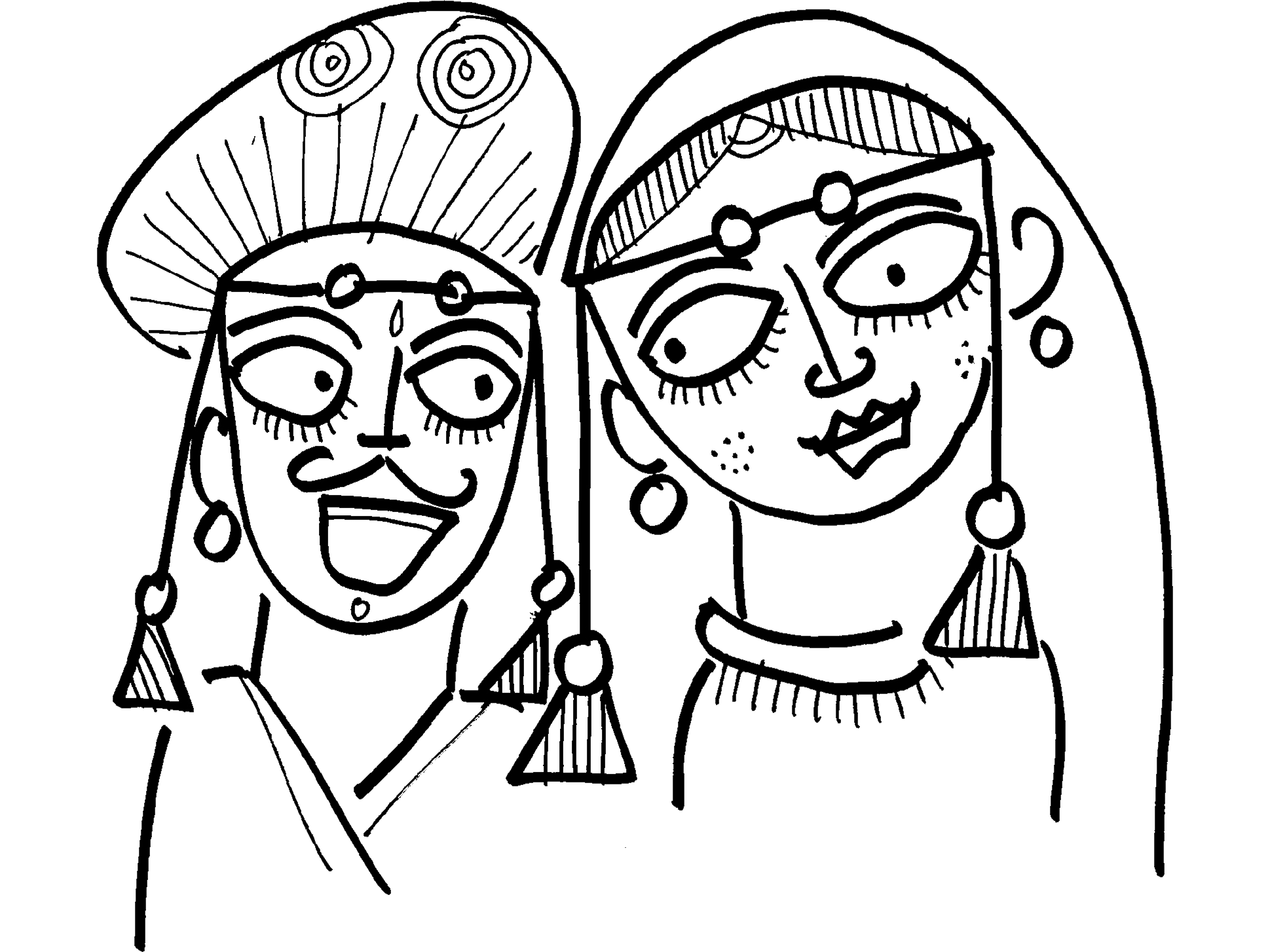Published in Speaking Tree, November 28, 2010.
The Kanda Puranam, the Tamil version of the Sanskrit Skanda Purana, retells the story of how Shiva’s son, Murugan, (known as Kartikeya, in North India) defeated the demon Taraka and his brothers, Simhamukhan and Surapadman. On his defeat, Simhamukhan begs forgiveness so Murugan instructs him to turn into a lion and serve as the vehicle of Durga. While fighting Murugan, Surapadman takes the form of a mountain. Murugan breaks the mountain into two with his spear. One part of the mountain turns into a peacock that becomes Murugan’s vehicle while the other part becomes a rooster that becomes Murugan’s symbol on his flag. Thus, says this narrative, the vehicles of Durga and her son, Murugan, are actually demons who have been subdued and transformed and become worthy of being associated with the divine.
In Hindu mythology, every god and goddess is associated with one animal or the other. Brahma, the creator, is associated with a swan, Vishnu, the preserver, with an eagle, Shiva, the destroyer, with a bull. Lakshmi, goddess of wealth, is associated with an elephant, Saraswati, goddess of knowledge, with a goose, and Durga, goddess of power, with lions and tigers. The river-goddesses Ganga and Yamuna ride a dolphin (or crocodile) and turtle respectively. The animals are called vahana, or vehicles, transporting the gods.
Sometimes, the same animal serves as the insignia on the deity’s flag. Thus Shiva, who rides a bull has a flag called Vrishabha-dhvaja, which means the flag with the symbol of a bull. At other times, different animals serve as vahanas and as symbols on flags. Murugan rides a peacock but has a the rooster on his flag.
Through the animals an idea is communciated. The idea of love and desire is most Indian poetry is expressed through the parrot, bees, butterflies and the constellation Makara which marks the advent of spring. And so Kama, the god of desire, is described as riding a parrot, having bees and butterflies constituting as the string of his bow whose shaft is made of sugarcane, and as having the symbol of Makara on his flag. Hamsa or geese (often confused with swans) is said to have the ability to separate milk from water. This makes Hamsa the symbol of intellectual discrimination and so is associated with Saraswati, goddess of knoweldge. Rats are an annoying pest and so serve as the symbol of problems. They are also highly fertile. So they are symbols of cascading problems. Ganesha, the god who removes obstacles, has the rat as his vehicle; by mounting the rat and domesticating it as his vehicle, he blocks the problems that plague our life. Shiva’s bull communicates Shiva’s independence, Vishnu’s hawk indicates his mobility and wider vision of things.
Animals are not just vehicles or symbols of the gods; they are the forms that the god takes. Hanuman, who serves Ram, is a monkey. Vishnu, for example, turns into fish and turtle and wild boar in order to save the world. The earth-goddess, Prithvi, often is seen in the form of a cow. Ganesha has the head of an elephant while the Ashwini twins have horse heads and Ketu, the planetary body associated with anxiety and restlessness, is a headless serpent.
In metaphysics, animals are jiva-atmas, soul wrapped in flesh. Their flesh is superior to plants because they are mobile. Ther flesh is inferior to human beings because they do not possess the highly developed brain that enables humans to imagine, love, create and care. It says that only after 84 lakh rebirths is a jiva-atma blessed with human flesh. What distinguishes humans from all other living creatures is our infinite ability to empathize, an ability that is highly limited in animals. By riding on animals, the gods are perhaps reminding us of our ability to overpower our animal instincts of self-preservation and self-propagation and focus on the unique human capability of self-realization which can only happen when we are able to feel for the rest of the world. Unfortunately, most of the time we prefer regression to evolution, behave as animals thinking only about survival. In fact, we are worse than animals, for animals think only about survival of their bodies, and do not have the wherewithal to do otherwise. We, on the other hand, spend all our lives working towards survival of our imagined self-image. So long as we think only about me and mine, and exclude others, we will waste this human flesh, remain unevolved animals and not validate our human existence.











